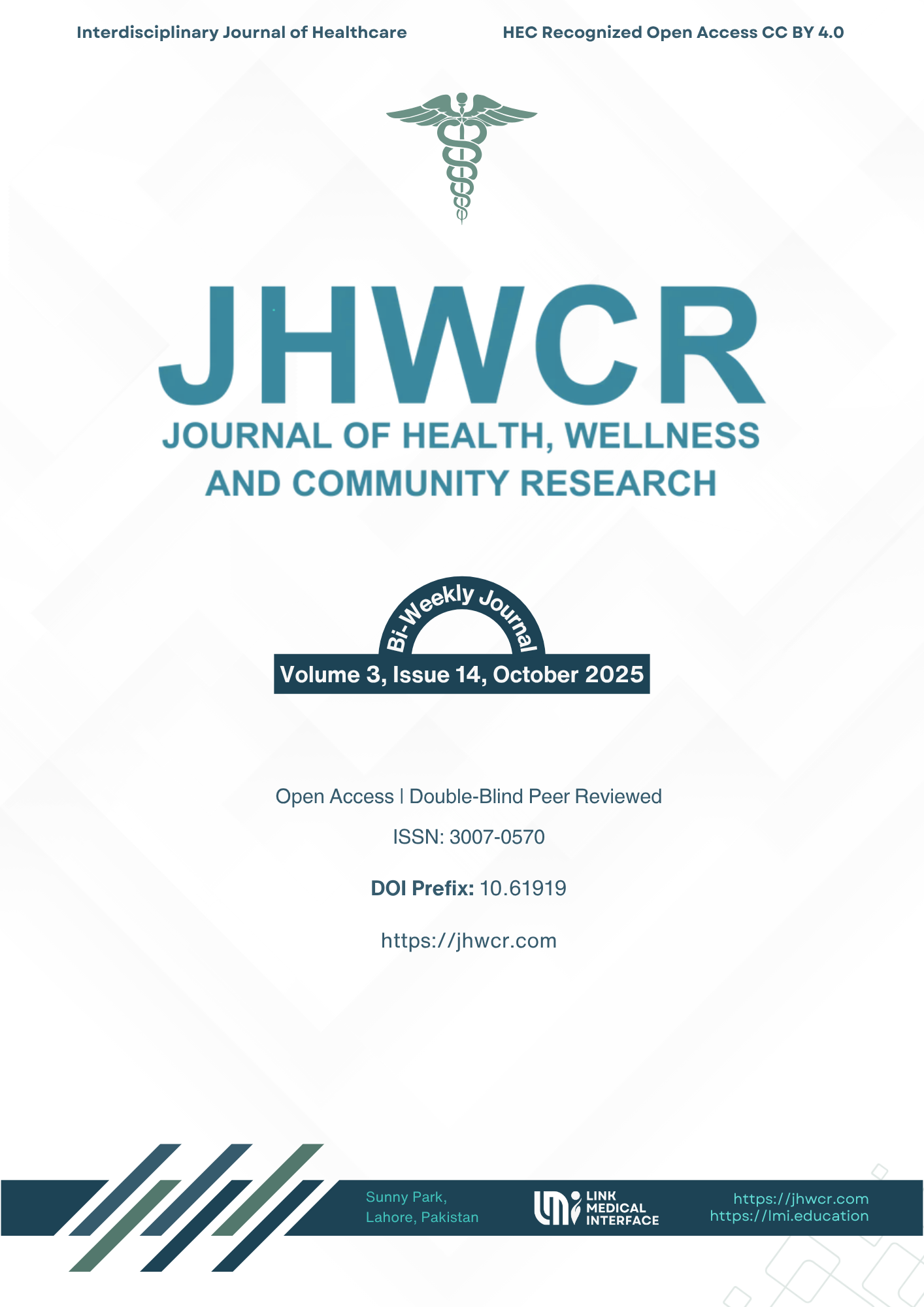Framework Analysis of the Inclusion of Children with Autism Spectrum Disorders in Mainstream Schools
DOI:
https://doi.org/10.61919/ee12wp10Keywords:
Autism Spectrum Disorder InclusiveAbstract
Background: Autism spectrum disorder (ASD) is a heterogeneous neurodevelopmental condition characterized by persistent deficits in social communication and restricted, repetitive behaviors. Inclusive education has emerged as a pivotal approach for fostering equitable learning opportunities for children with ASD; however, the success of inclusion depends largely on parental support. Understanding parents’ attitudes toward inclusion helps identify facilitators and barriers affecting educational policy and classroom practice. Objective: To assess parents’ attitudes toward the inclusion of children with ASD in mainstream schools and determine demographic factors influencing these perceptions, particularly parental education level. Methods: A descriptive cross-sectional study was conducted at the University of Lahore and the Children’s Hospital, Lahore, over nine months. Using a non-probability purposive sample, 62 parents of children aged 3–12 years diagnosed with ASD were surveyed. Data were collected via the standardized Parental Attitude to Inclusive Education (PATI) questionnaire and analyzed with SPSS version 25.0. Frequencies and Chi-square tests were used to examine associations between demographic characteristics and parental attitudes. Ethical approval was obtained from the institutional review board. Results: Of 62 participants, 72.6% of children were aged 2–5 years and 90.3% were male. Most parents (69.4%) agreed that time in regular classrooms enhances educational quality, while 56.5% expressed fear of social exclusion and 61% believed mainstream lessons were difficult to adapt. A significant association was found between parental education and belief in friendship formation with non-disabled peers (χ²(15, N=62)=28.279, p=0.020). Conclusion: Parents generally supported inclusion as beneficial for learning but remained apprehensive about social isolation and teacher preparedness. Educational attainment was the strongest predictor of positive attitudes, emphasizing the importance of parental awareness and school–family collaboration. Strengthening teacher training, individualized support, and inclusive peer culture is essential for effective implementation
Downloads
Published
Issue
Section
License
Copyright (c) 2025 Mohsin Rasool, Gull e Rana, Nadia Ahsan, Misbah Hanif, Muhammad Sikander Ghayas Khan (Author)

This work is licensed under a Creative Commons Attribution 4.0 International License.


